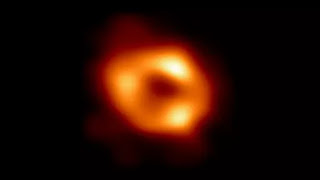- What exactly are black holes?
A black hole is a region of space with a gravitational pull so powerful that nothing can escape from it, not even light.
- How do black holes develop?
A large star collapsing in on itself creates a region of space with a very high gravitational pull, which is how black holes are created.
- How large can black holes grow?
Black holes can be as big as billions of times the mass of the Sun or just a few times it.
- A black hole's event horizon is described as?
A black hole's event horizon is the line beyond which nothing, not even light, can travel.
- A black hole offers no escape for anything?
A: No, once something enters a black hole, it is unable to leave since it is stuck there.
- Black holes can merge, right?
A: When two black holes are sufficiently close to one another, they can combine to form a much larger black hole.
- Do black holes release any radiation or light?
A: Although black holes don't produce their own light or radiation, they can be identified by the effects they have on adjacent radiation and matter.
- What is the Hawking radiation theory?
A: According to the theory of Hawking radiation, black holes gradually release radiation as a result of quantum phenomena close to the event horizon, which eventually causes them to evaporate over extraordinarily long times.
An illustration of radiation escaping from a black hole.






Comments
Post a Comment